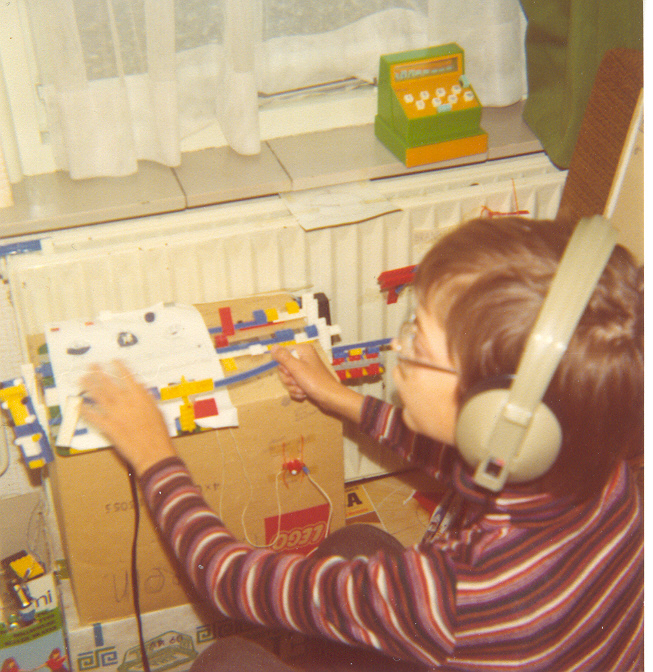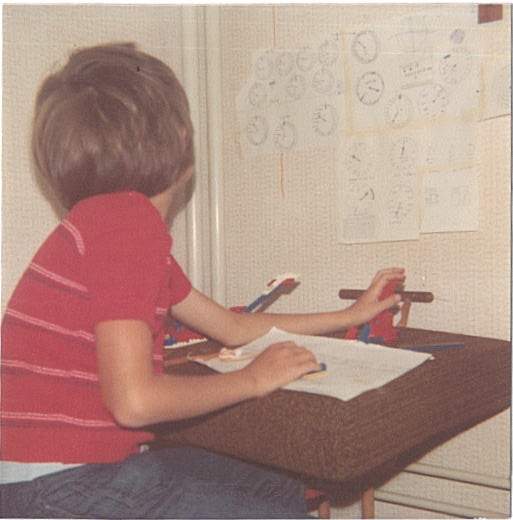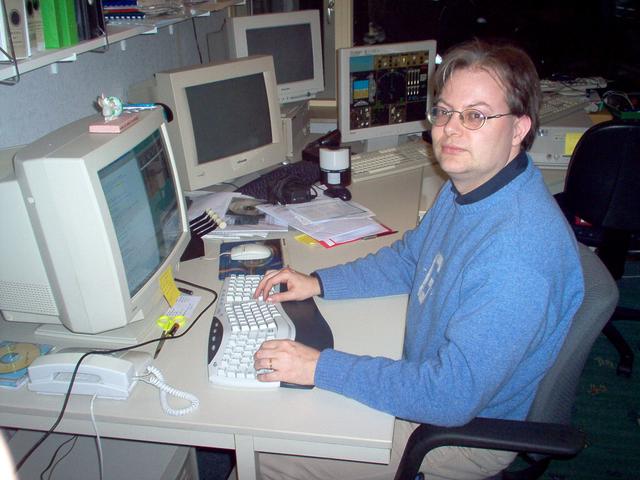747-300 cockpit during upgrade
747-300 Flight Engineer Station
747-300 engine pylons during modification
747-400 (PH-BFK) cockpit during C-check
747-400 (PH-BFK) cockpit during C-check
747-400 (PH-BFK) central pedestal during C-check
747-400 (PH-BFK) overhead panel
747-400 (PH-BFK) overhead panel
I also got hold of a single photo with interesting details, provided by René Koch. This photo was taken (by the cpt.) in 1999 on flight KL888 HKG-AMS. The flight diverted to BKK due to LE flap problems.
On the primary EICAS display you see the flap position indication. On each side there are 3 boxes with some of them coloured yellow. This means that the LE flap group is retracted but disagree with the flap lever position.
On the secondary EICAS display you see the fuel dump display. Note the little arrow pointing from the center to main tank 2. This arrow means that the scavenge pump is active. It pumps the remaining fuel of the center tank into main 2 when the fuel content is less than 900kg in the center tank.
The other photos show the actual fuel dump vapour trail, not a common sight!
Special Historical Document


At the bottom-left you can see the carbon-zinc fuel cell which powers most systems. The control yoke is quite clearly distinghuishable. The main panel contains various primary flight displays, many of which are equipped with advanced glass/metal indicators powered by the fuel cell. The main power switch can be found below the yoke.
Centrally mounted on the panel is a horizontal situation indicator.
The panel to the far right contains the gear lever and some auxiliary controls. At the top-right you can see the flight management computer; it is clear that even deep space vehicles benefit from optimal flight economics.


A newspaper article (in Dutch) about my further career as
captain


and the same page
translated by Babelfish (don't laugh!).